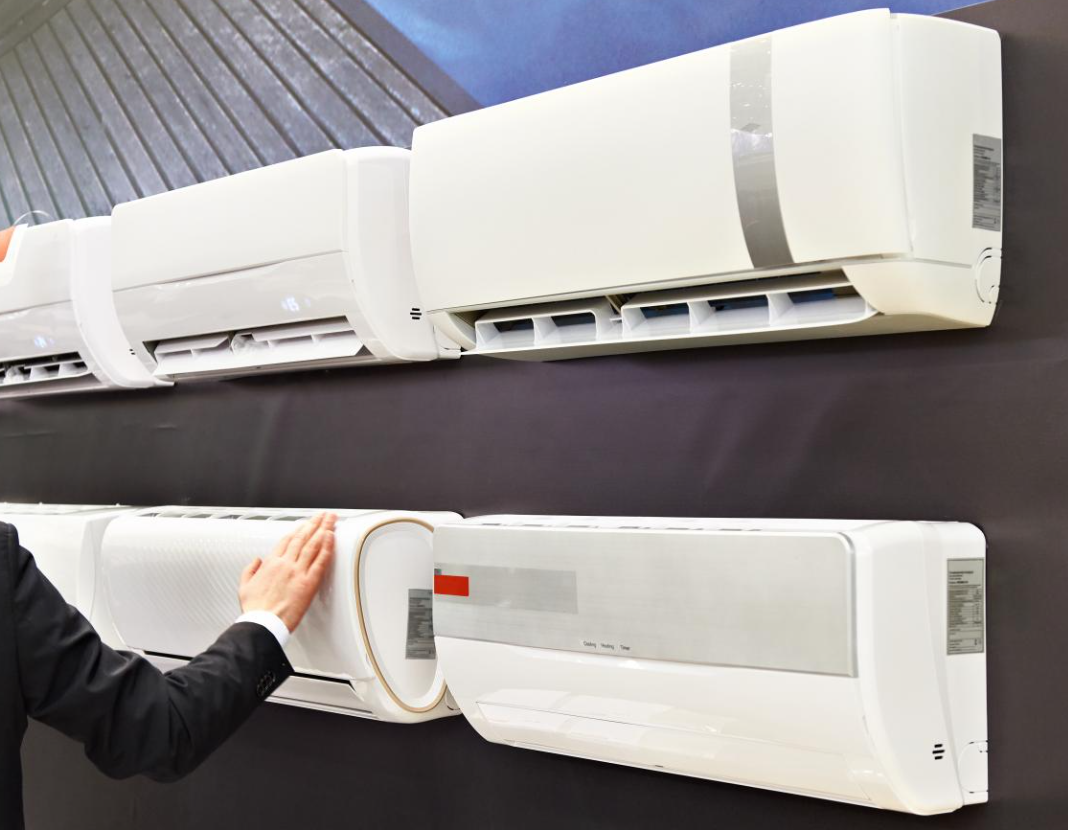At the threshold of the 21st century, we have witnessed a technological breakthrough that has literally turned our perception of reality upside down. Virtual Reality, or VR (Virtual Reality), is no longer just science fiction and has become reality. It is a world in which the boundaries between imagination and reality are blurred, giving us possibilities we could only dream of before.
Think back to the first computer games: simple pixel images, limited features, short-lived interest. It seemed that it could become something more? However, the technological progress is moving at a breakneck pace, and now we have the opportunity not just to watch the game process, but to become a direct participant in it.
VR helmets have become the key to the door to other worlds. They allow us to immerse ourselves in any atmosphere: be it space, ancient cities or underwater coral reefs. With their help, you can feel like a blockbuster hero, an explorer or a traveller exploring uncharted worlds.
But how do you choose the right VR helmet for you? In this article, let’s give an overview of the best VR helmets that are available in the market today.
Rating of vr helmets
Valve Index
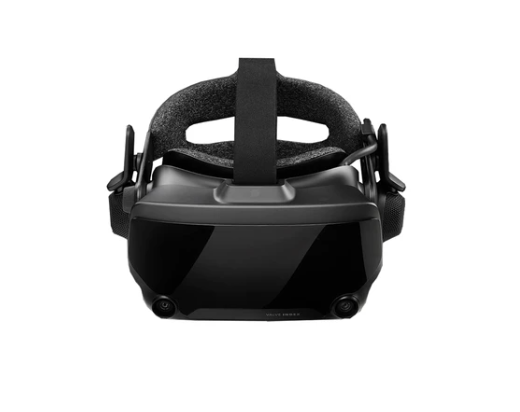
- This is one of the cutting-edge VR helmets on the market, developed by Valve. This helmet combines high-quality displays, an advanced tracking system, and unique controllers to provide one of the most immersive VR experiences.
Characteristics:
- Refresh rate up to 144Hz, 1440×1600 screen resolution per eye, inbuilt headphones, lighthouse tracking system.
Benefits:
- Impressive refresh rate.
- High screen resolution.
- Comfortable use.
- Accurate tracking.
Disadvantages:
- High price.
- Requires a lot of space for optimal tracking.
Oculus Quest 2
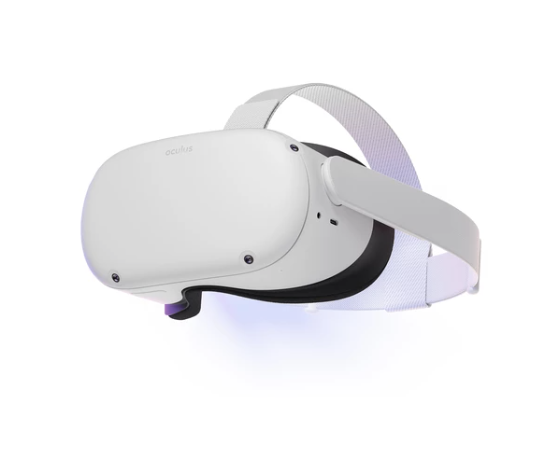
- The revolutionary standalone VR helmet from Oculus. Combining the convenience of PC-free use with the ability to connect to a PC for more powerful gaming, Quest 2 offers flexibility and affordability.
Characteristics:
- Standalone VR helmet, 1832×1920 resolution per eye, 6DoF tracking, inbuilt speakers.
Benefits:
- Wireless Experience.
- Possibility to connect to a PC.
- Affordable price.
- Good selection of content.
Disadvantages:
- Limited offline performance.
- A Facebook account is required.
Sony PlayStation VR
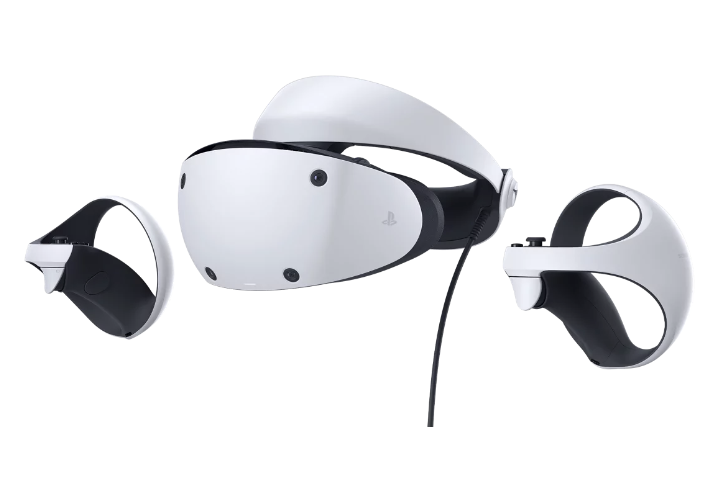
- PlayStation VR is designed specifically for the PlayStation console and offers a great VR experience for gamers. With integration into Sony’s gaming ecosystem, it provides many exclusive gaming titles.
Characteristics:
- 5.7-inch OLED screen, 1920×1080 resolution, PlayStation camera-based tracking, 120Hz refresh rate.
Benefits:
- PlayStation Integration.
- Excellent value for money.
- Exclusive games.
Disadvantages:
- The resolution is lower than some competitors.
- Tracking may be less accurate than other systems.
HTC Vive Pro
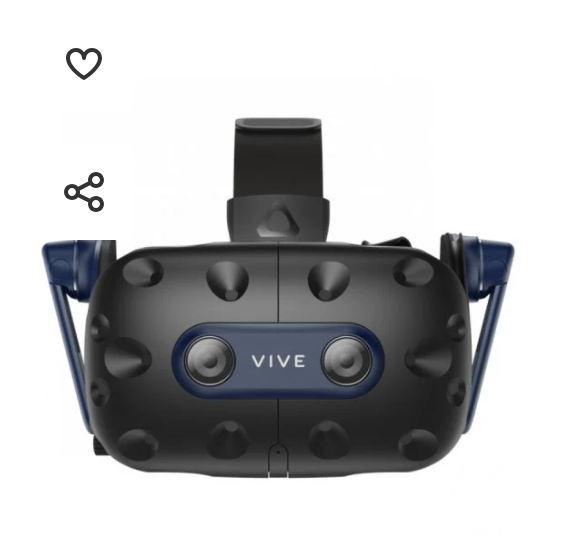
- This is a professional VR helmet offering high resolution and accurate tracking. It is ideal for those looking for the highest standard of quality in VR.
Characteristics:
- 1440×1600 resolution per eye, OLED screen, 90Hz refresh rate, Lighthouse 2.0 tracking.
Benefits:
- High screen resolution.
- Precise tracking.
- Support for a large game space.
Disadvantages:
- High price.
- Lots of cables and sensors to customise.
Pimax 8K X
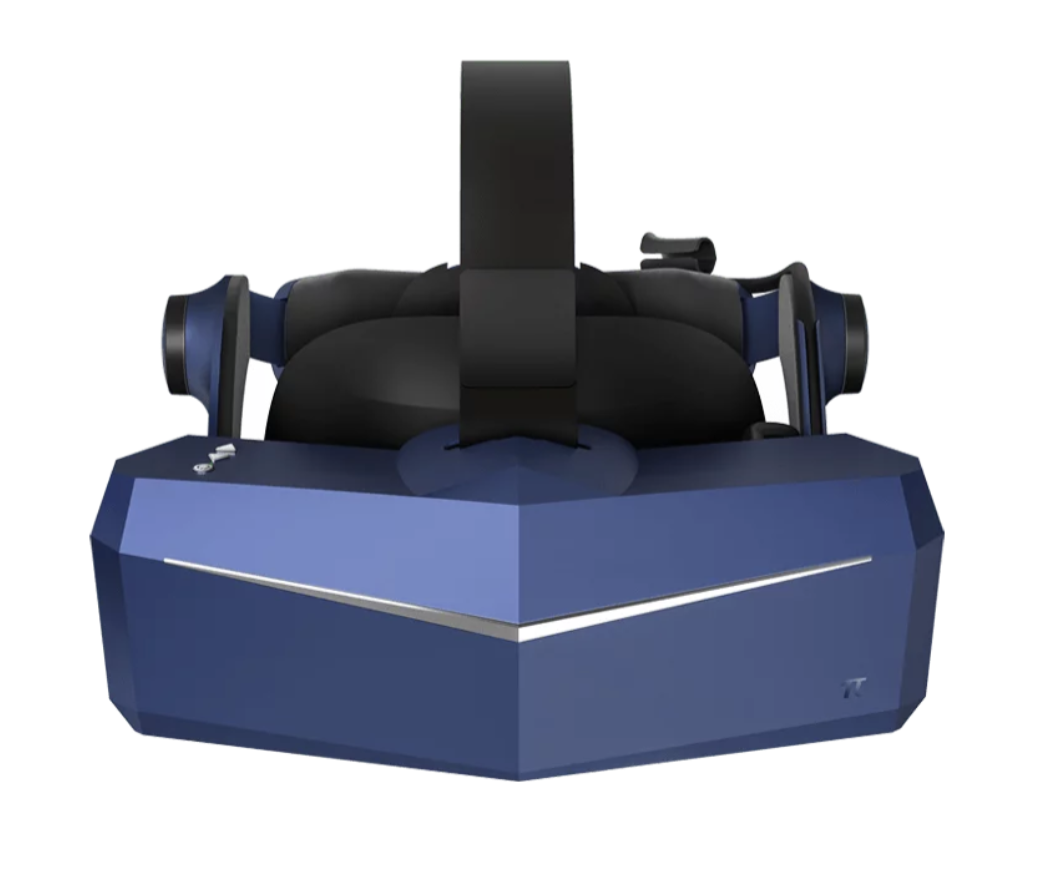
- Stand out from the competition with its ultra-high resolution and impressive viewing angle. This helmet is designed for those looking for the best image quality in VR.
Characteristics:
- Viewing angle up to 200 degrees, 3840×2160 resolution per eye, refresh rate up to 90Hz, OLED screen.
Benefits:
- Wide viewing angle.
- Flexible customisation and customisation.
Disadvantages:
- High price.
- Requires a powerful PC for best performance.
Samsung Odyssey+
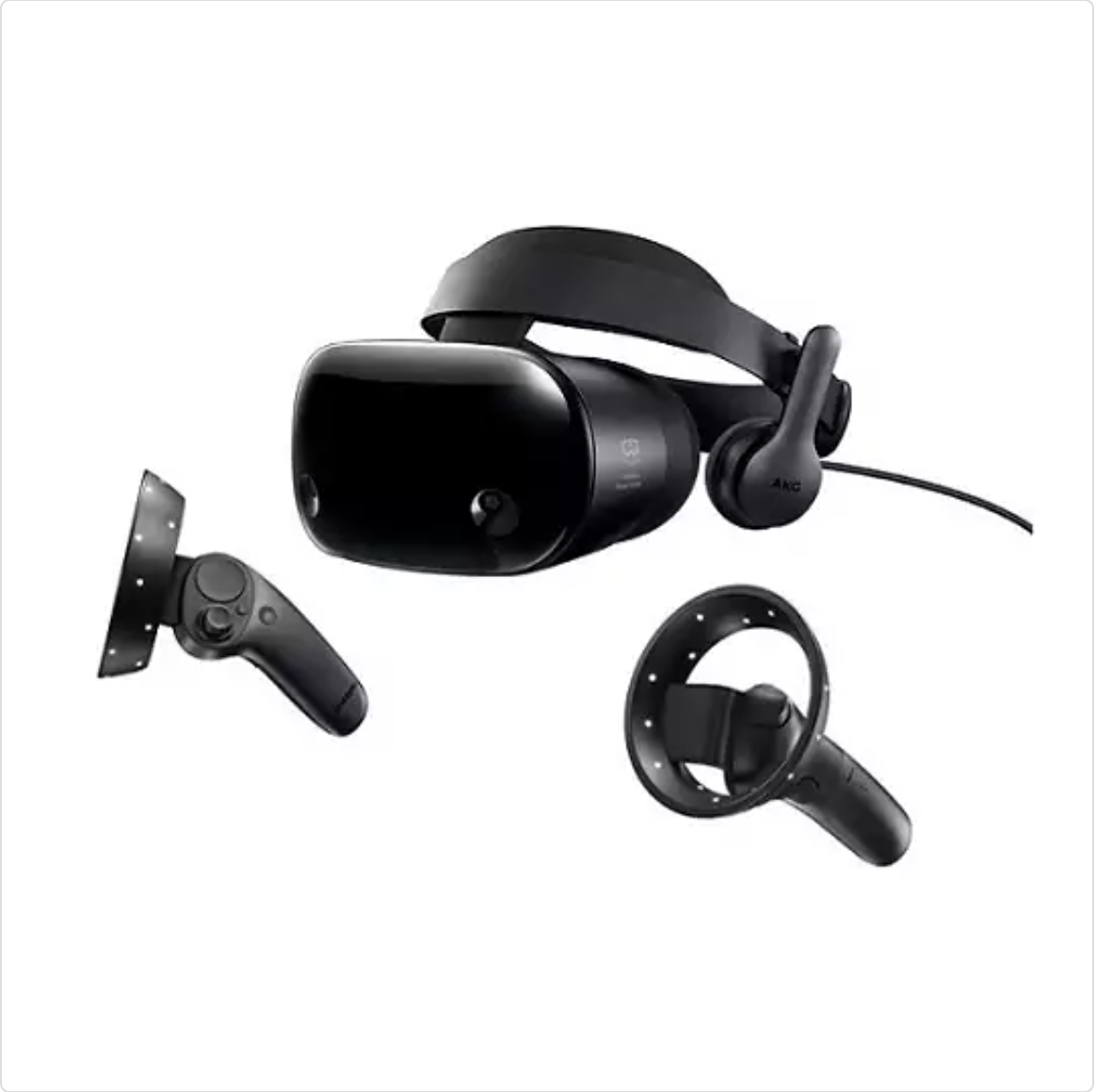
- One of the most advanced VR helmets based on the Windows Mixed Reality platform. It combines technologies from Samsung and Microsoft to provide a quality virtual reality experience without the need for external tracking sensors.
Characteristics:
- 1440×1600 resolution per eye, AMOLED screen, 90Hz refresh rate, built-in AKG headphones.
Benefits:
- Quality AMOLED displays.
- Built-in high quality audio system.
- Easy calibration and adjustment.
- No need for additional sensors.
Disadvantages:
- Relatively high price.
- Some users notice discomfort with prolonged use.
HP Reverb G2
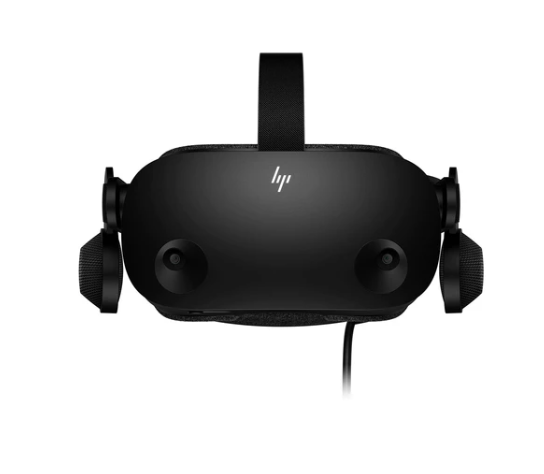
- Represents a partnership between HP and Valve, combining the best aspects of both companies. This VR helmet is known for its high resolution and quality sound.
Characteristics:
- 2160×2160 resolution per eye, 90Hz refresh rate, inbuilt headphones, four cameras for tracking.
Benefits:
- Great screen resolution.
- Quality audio system.
- Convenient controllers.
- Easy Setup.
Disadvantages:
- Some users have noted compatibility issues.
- Limited viewing angle compared to some competitors.
The world of virtual reality does not stand still, constantly offering innovative solutions and technologies. Every year the devices become more advanced, convenient and affordable. When choosing a VR-helmet, it is important to consider not only its technical characteristics, but also the individual preferences of the user, as well as the budget. In our rating you will find the perfect helmet for yourself, which will fully satisfy all your needs in the world of virtual reality.
Experience the joy of saving money with reBITme when you buy a virtual reality helmet. Enjoy your choice!


